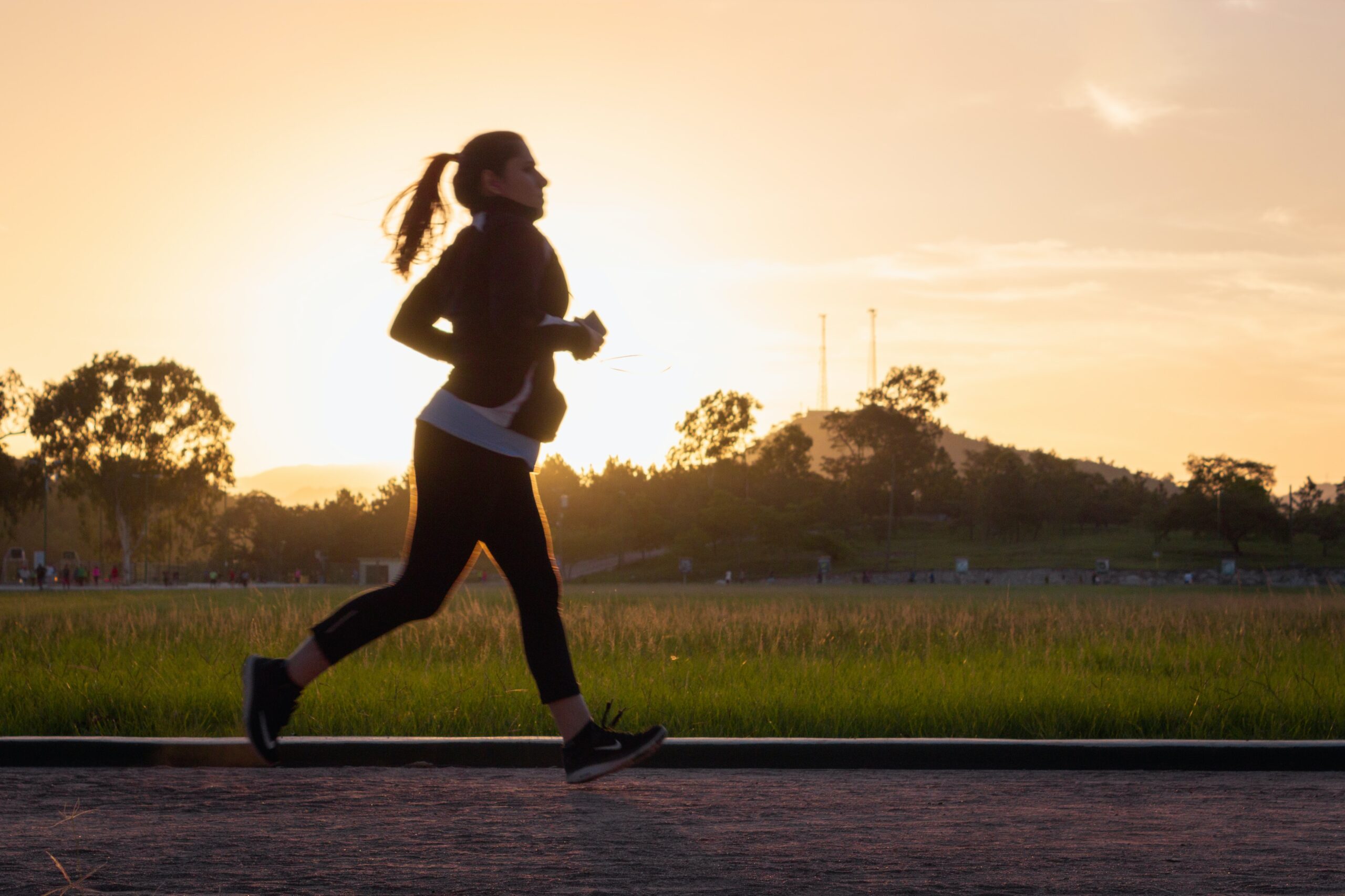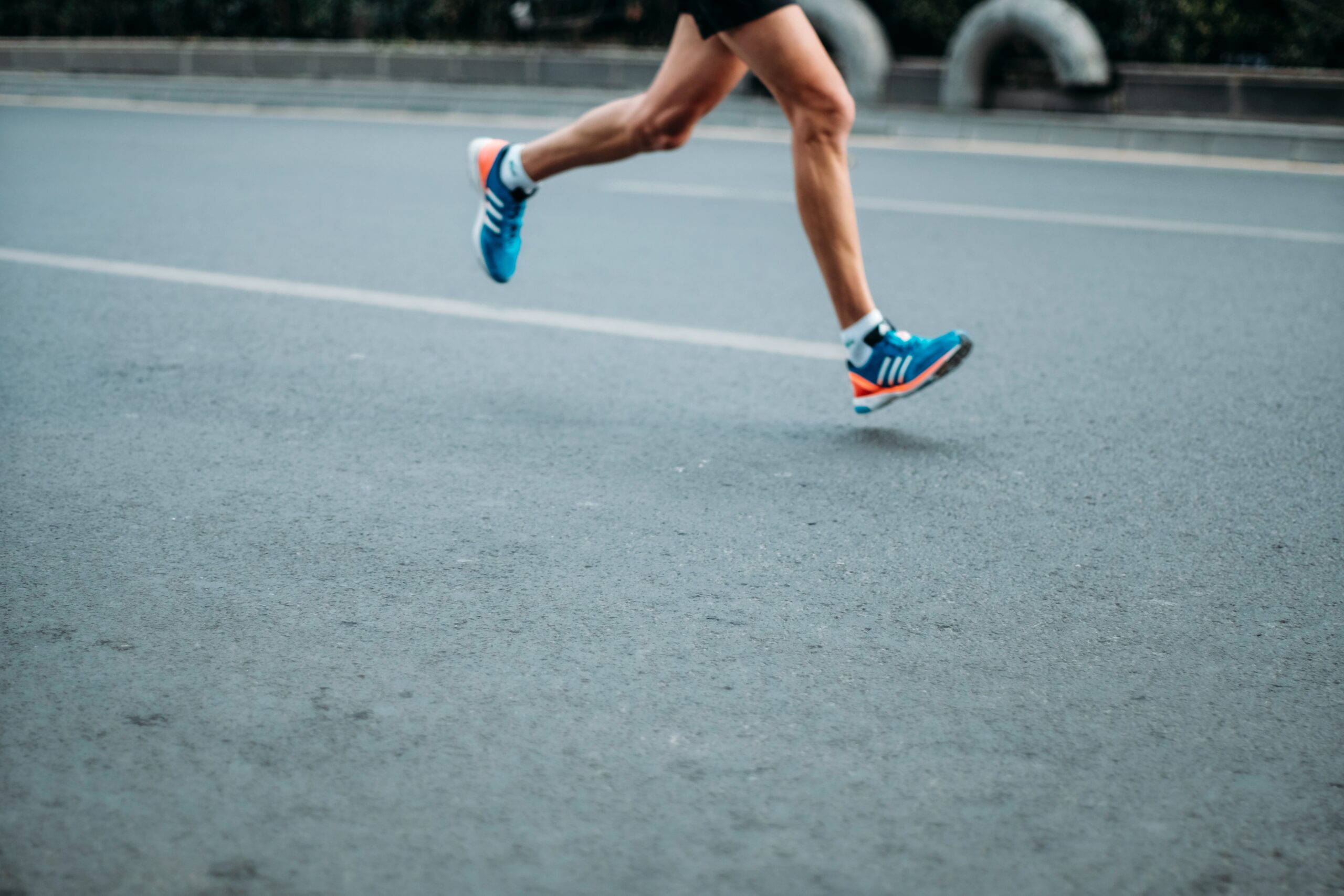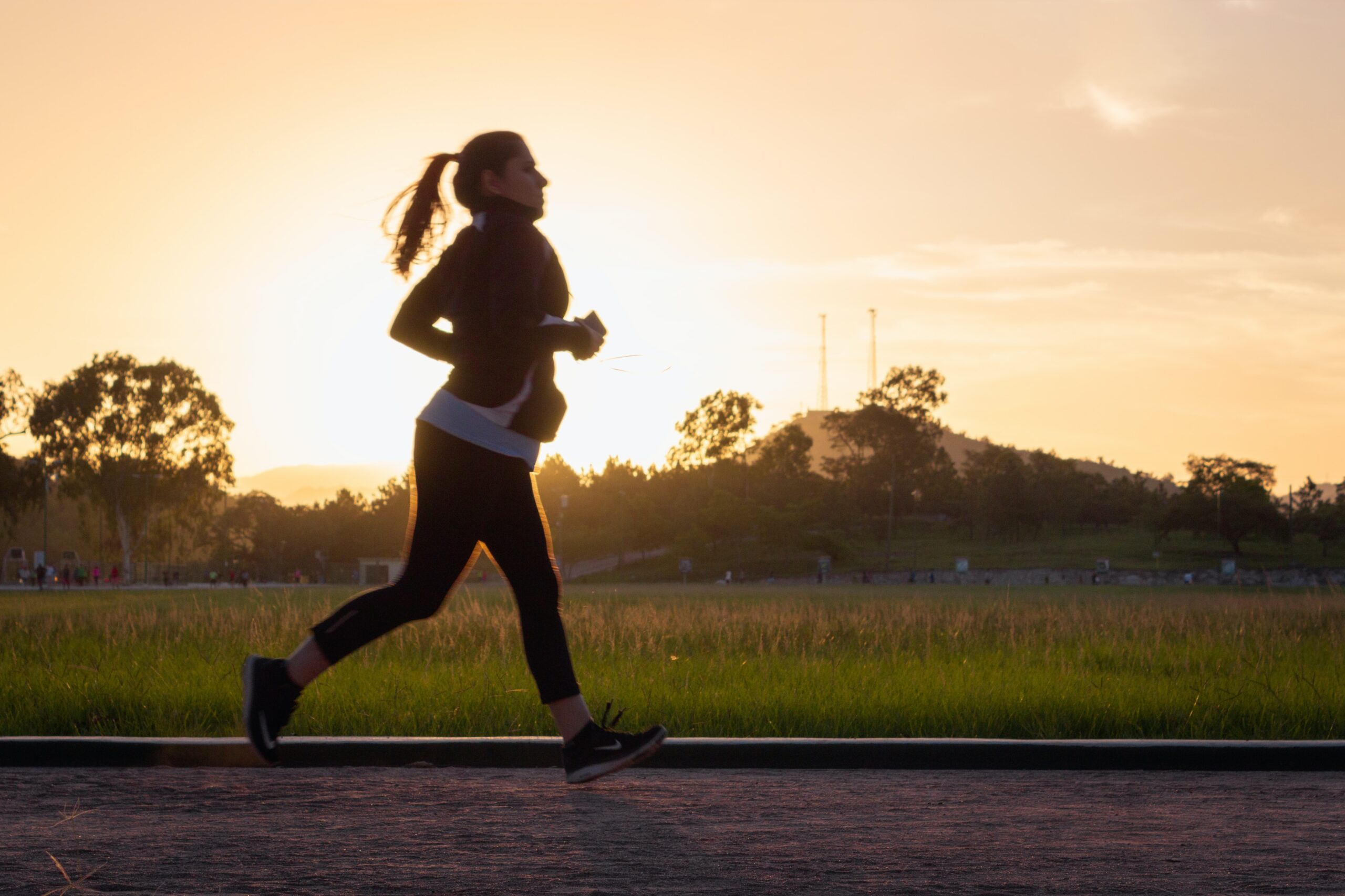There’s more to jogging technique than just putting one foot in front of the other. Cadence, the number of steps you take per minute, plays a crucial role in your running efficiency and overall performance. In this blog post, we will research into the importance of cadence and share some rare tips to help you perfect your jogging technique. By focusing on your cadence and implementing our expert advice, you can take your running game to the next level and achieve your fitness goals with greater ease.
Key Takeaways:
- Cadence is Crucial: Maintaining a consistent and optimal cadence is essential for efficient running and reducing the risk of injury.
- Focus on Strides Per Minute: Aim for a cadence of around 170-190 strides per minute to improve your running form and performance.
- Use Metronome or Music: Utilize a metronome or music with the right beats per minute to help you establish and maintain the correct cadence.
- Work on Increasing Cadence Gradually: Start by gradually increasing your cadence by 5% and allow your body to adapt to the changes over time.
- Listen to Your Body: Pay attention to how your body feels and adjust your cadence accordingly to find the right balance between speed and comfort for your running technique.
Understanding Cadence
Definition and Role in Running Mechanics
Definition: Cadence refers to the number of steps a runner takes per minute. It is a critical aspect of running technique that can significantly impact performance and injury prevention. Cadence plays a vital role in running mechanics by influencing factors such as stride length, foot strike pattern, and overall running efficiency.
Cadence is often measured in steps per minute (SPM) and is considered a key parameter in optimizing running form. It is essential to find the right cadence that suits your body mechanics and running style to improve performance and reduce the risk of overuse injuries.
Optimal Cadence and Its Effects on Performance
Mechanics: Research has shown that a higher cadence is associated with better running economy and reduced energy expenditure. By increasing cadence, runners can improve their efficiency and overall performance by minimizing ground contact time and vertical oscillation.
Optimizing cadence can also help distribute the workload more evenly among various muscles, reducing the strain on specific muscle groups and lowering the risk of fatigue and injuries. Maintaining an optimal cadence throughout a run can lead to smoother and more effortless running experience.
Mastering Your Jogging Technique
Clearly, to become a more efficient runner, it is essential to master your jogging technique. By paying attention to key elements such as cadence, you can significantly improve your performance and reduce the risk of injury. In this chapter, we will probe into the critical relationship between cadence and running economy, as well as explore techniques to measure and adjust your cadence for optimal results.
The Relationship between Cadence and Running Economy
For runners, cadence refers to the number of steps taken per minute. Studies have shown that there is a strong correlation between cadence and running economy – the amount of oxygen consumed at a given pace. A higher cadence typically leads to better running economy, meaning you can run faster and longer with less energy expenditure. By increasing your cadence, you can improve your overall performance and endurance while reducing the risk of fatigue and overuse injuries.
Cadence plays a crucial role in your running biomechanics. It affects your stride length, foot strike pattern, and overall running form. By optimizing your cadence, you can enhance your running efficiency and reduce the impact on your joints. Monitoring and adjusting your cadence based on your individual biomechanics can lead to significant improvements in your running technique and overall athletic performance.
Techniques to Measure and Adjust Your Cadence
Cadence can be easily measured using a running watch or a smartphone app that tracks your steps per minute. To determine your ideal cadence, aim for around 170-180 steps per minute, though this can vary based on factors like your height, stride length, and running experience. One effective technique to adjust your cadence is to use a metronome or music with a specific beat to match your desired steps per minute. This auditory cue can help you synchronize your steps and gradually increase your cadence over time.
It is recommended to gradually increase your cadence by 5-10% to allow your body to adapt to the changes. Focus on maintaining a quick turnover of steps while keeping a relaxed and efficient running form. By consistently practicing and fine-tuning your cadence, you can enhance your running efficiency, reduce the risk of injury, and unlock your full athletic potential.
Advanced Tips for Cadence Training
Keep these advanced tips in mind to take your cadence training to the next level:
- Focus on short, quick strides to increase your cadence.
- Use a metronome or music with a fast tempo to help maintain a consistent cadence.
- Incorporate interval training to improve both your speed and cadence.
- Work on building strength and flexibility in your legs to support a higher cadence.
Incorporating Cadence Drills into Your Routine
Cadence drills can be a valuable addition to your training routine. By focusing on specific cadence targets during intervals or tempo runs, you can train your body to run more efficiently at a higher cadence. Start by incorporating short bursts of high-cadence running into your workouts, gradually increasing the duration and intensity as your muscles adapt.
Looking for guidance on specific cadence drills? Consider working with a running coach or joining a running group that specializes in cadence training. These experts can provide personalized feedback and help you fine-tune your technique for optimal performance.
Adapting Cadence for Different Terrains and Distances
An important aspect of cadence training is learning to adapt your cadence to different terrains and distances. When running on hilly terrain, for example, you may need to adjust your cadence to maintain efficiency and prevent burnout. Similarly, your cadence may vary when running shorter sprints versus longer endurance runs.
Advanced runners often develop the ability to adjust their cadence on the fly, seamlessly transitioning between different paces and terrains. This skill takes time to develop but can greatly enhance your overall running performance and efficiency.
Beyond Cadence: Comprehensive Jogging Strategies
Balancing Cadence with Stride Length and Footstrike
Your jogging technique is not just about cadence; it’s a delicate balance of cadence, stride length, and footstrike. While cadence is essential for efficiency and reducing the risk of injury, it’s equally important to pay attention to your stride length and footstrike. Striking a balance between these three factors can help you improve your overall running form and performance.
Jogging with the right stride length can help you cover more ground with each step, while maintaining an efficient cadence. Additionally, focusing on a proper footstrike, such as a midfoot or forefoot strike, can help reduce the impact on your joints and muscles. By paying attention to these elements and finding the optimal balance for your body, you can enhance your jogging experience and achieve better results.
The Role of Flexibility and Strength Training
Cadence is crucial in jogging, but it’s not the only factor that determines your performance and injury prevention. The role of flexibility and strength training should not be underestimated in your running routine. Flexibility helps to improve your range of motion and reduce the risk of muscle tightness and injury, while strength training can enhance your muscle power and endurance.
Engaging in regular flexibility and strength training exercises can complement your jogging routine and help you become a stronger and more resilient runner. Incorporating activities like yoga, Pilates, and strength training workouts can target different muscle groups, improve your overall fitness, and support your jogging performance. By integrating these components into your training regimen, you can maximize your running potential and enjoy long-term success.
To wrap up
Following this guide on why cadence is critical and rare tips for perfecting your jogging technique, you now have a more profound understanding of how this often-overlooked aspect can greatly impact your running efficiency and performance. By focusing on your cadence, maintaining proper form, and incorporating the suggested techniques into your training, you can enhance your overall running experience and help prevent injuries. Recall, consistency and patience are key when refining your jogging technique, so keep practicing and monitoring your progress. With dedication and attention to detail, you can take your running to the next level and achieve your fitness goals.
FAQ
Q: What is the importance of cadence in jogging?
A: Cadence, or the number of steps you take per minute while jogging, is crucial as it directly affects your running efficiency, reduces the risk of injuries, and can even improve your overall performance.
Q: How does cadence impact running efficiency?
A: Maintaining an optimal cadence helps you distribute your energy more effectively, allowing you to cover more ground with less effort. This can lead to better running economy and increased endurance.
Q: What are the benefits of having a higher cadence?
A: A higher cadence can help reduce the impact on your joints, lower the risk of overstriding, and improve your running form. It also encourages a more efficient use of energy, which can lead to faster running speeds.
Q: How can I improve my cadence while jogging?
A: To enhance your cadence, focus on taking shorter, quicker strides. Use a metronome or music with a fast tempo to help you establish and maintain the desired step rate. Consistent practice and gradual increases can help you adjust to a higher cadence over time.
Q: Are there any common mistakes to avoid when working on cadence?
A: One common mistake is trying to increase cadence too quickly, which can lead to muscle fatigue and potential injuries. It’s important to gradually build up your cadence to allow your body to adapt and avoid overexertion. Additionally, be mindful of not sacrificing proper form for speed, as maintaining good running technique is essential for injury prevention and performance enhancement.






